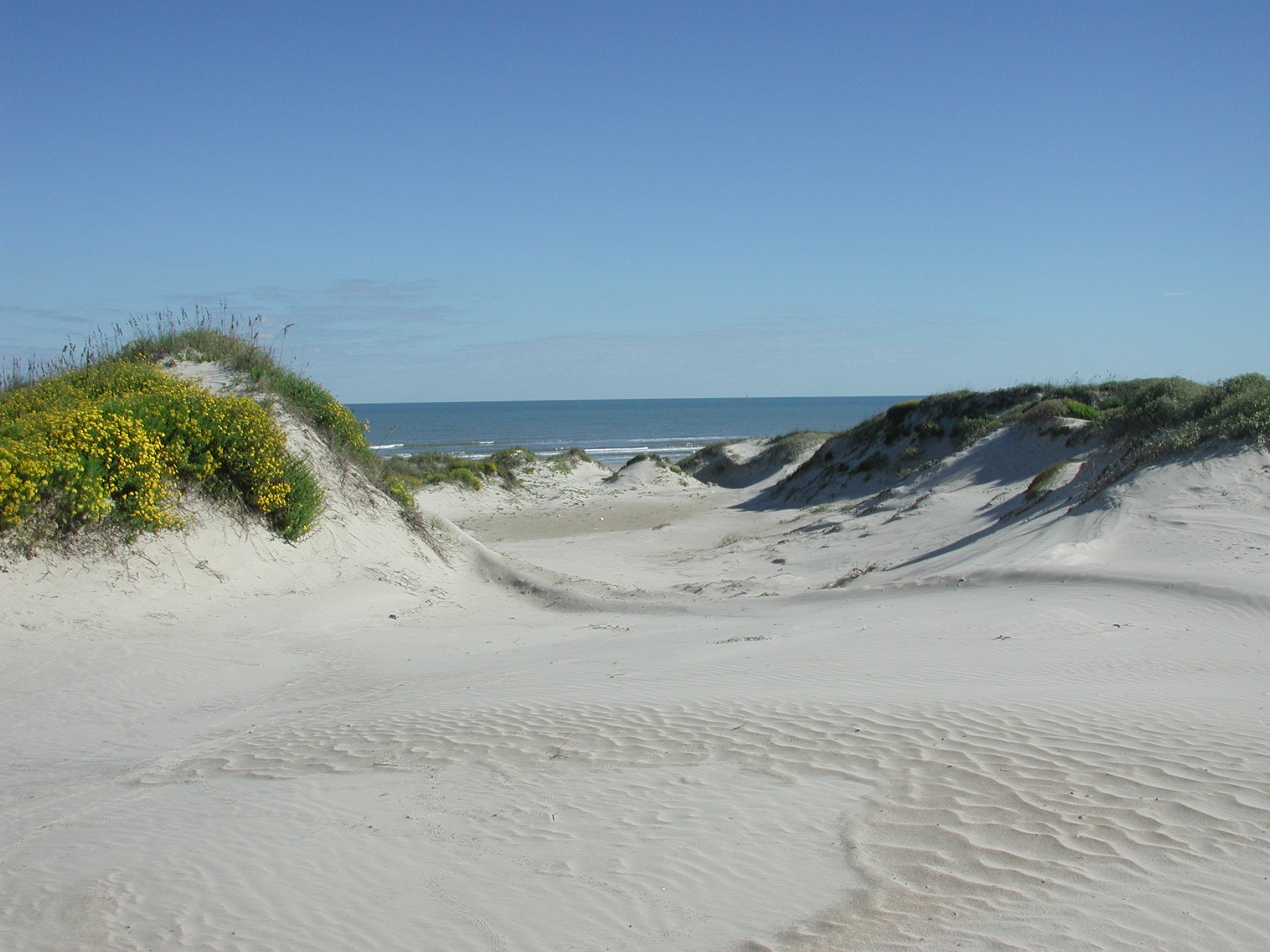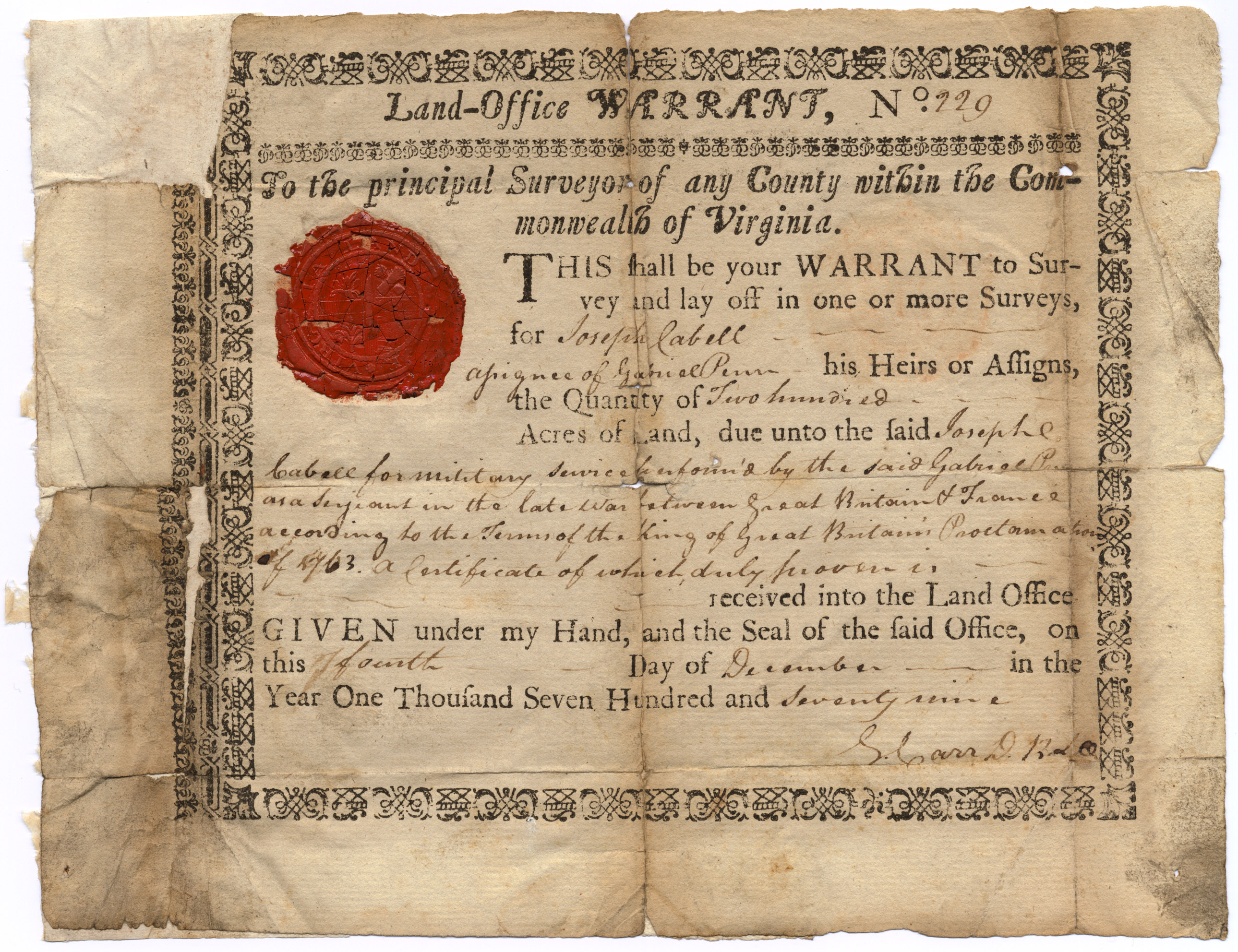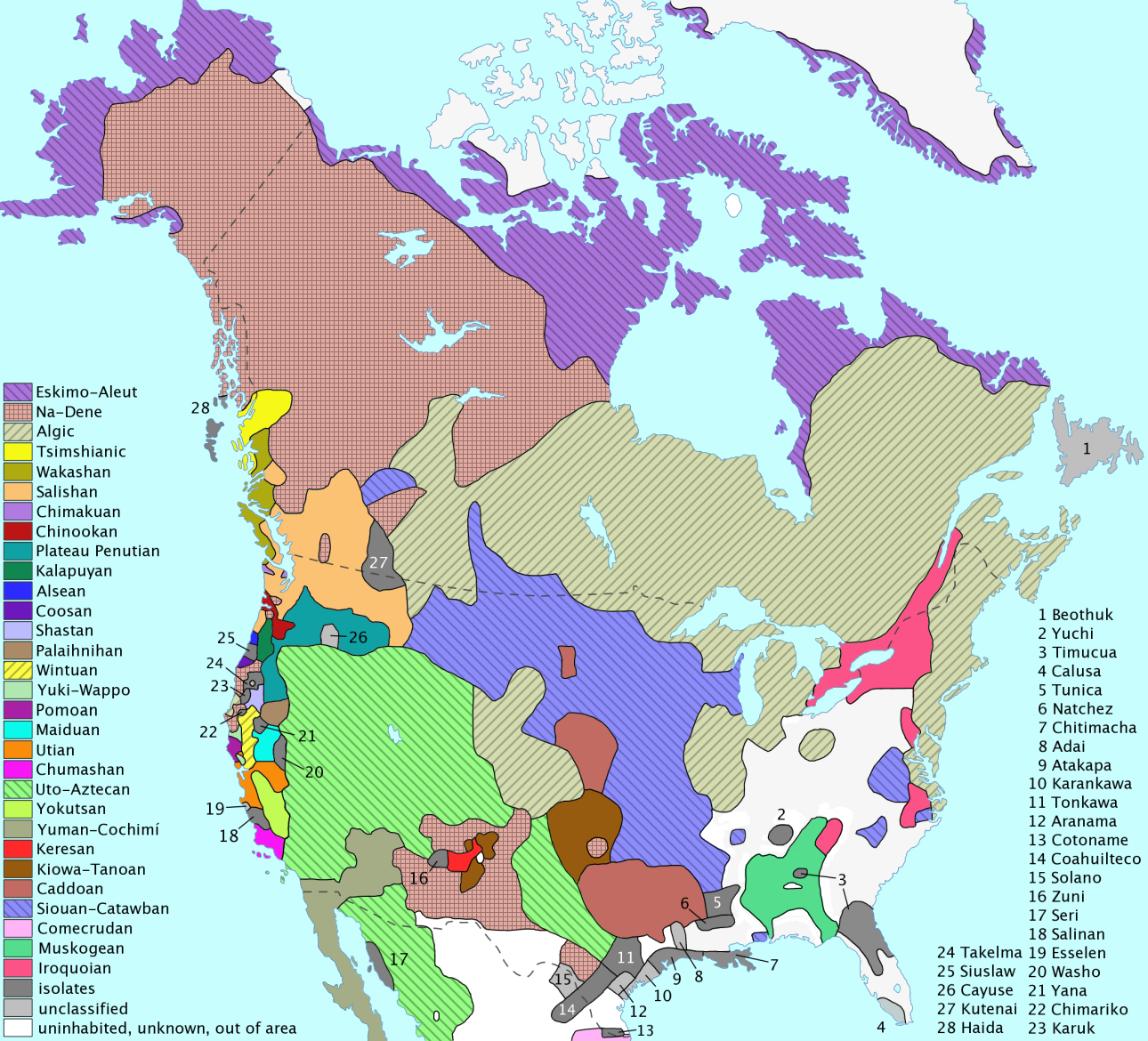|
Padre Ballí
Padre Ballí (ca. 1770–1829), also known as José Nicolás Ballí, was a rancher, a priest, and an original grantee of Padre Island, which was named after him. However, when he owned the island, it was known as the ''Isla de Santiago'' land grant. Padre Island had been granted to his grandfather, Nicolás Ballí, in 1759 by King Charles III of Spain, and Padre Ballí requested a clear title to the property in 1827. His mother Rosa María Hinojosa de Ballí had made a joint application with Padre for eleven leagues of the island, but when reapplication was required in 1800, she withdrew her name in favor of him. Early life Padre Nicolas Balli was born circa 1768. He was born into a wealthy family in Reynosa, Mexico. His brother was the chief justice and captain of Reynosa. His grandfather had also been a justice and captain. He owned vast amounts of land in the Rio Grande Valley. Nicolas chose to become a priest. Career He was the first settler who brought families to the island. ... [...More Info...] [...Related Items...] OR: [Wikipedia] [Google] [Baidu] |
Padre Island
Padre Island is the largest of the Texas barrier islands and the world's longest barrier island. The island is located along Texas's southern coast of the Gulf of Mexico and is noted for its white sandy beaches. Meaning ''father'' in Spanish, it was named after Father José Nicolás Ballí (c.1770-1829), who owned the island and served as a missionary priest and collector of finances for all the churches in the Rio Grande Valley. He also founded the first mission in present-day Cameron County. Padre Island is the second-largest island by area in the contiguous United States, after Long Island in New York on the Atlantic Coast. It is about long and wide, stretching from the city of Corpus Christi, in the north, to the resort community of South Padre Island in the south. The island is oriented north-south, bordered by the Gulf of Mexico on the east and Laguna Madre on the west. The island's northern end connects to Mustang Island by roadway. The southern end of the isl ... [...More Info...] [...Related Items...] OR: [Wikipedia] [Google] [Baidu] |
Land Grant
A land grant is a gift of real estate—land or its use privileges—made by a government or other authority as an incentive, means of enabling works, or as a reward for services to an individual, especially in return for military service. Grants of land are also awarded to individuals and companies as incentives to develop unused land in relatively unpopulated countries; the process of awarding land grants are not limited to the countries named below. The United States historically gave out numerous land grants as homesteads to individuals desiring to make a farm. The American Industrial Revolution was guided by many supportive acts of legislatures (for example, the Main Line of Public Works legislation of 1863) promoting commerce or transportation infrastructure development by private companies, such as the Cumberland Road turnpike, the Lehigh Canal, the Schuylkill Canal and the many railroads that tied the young United States together. Ancient Rome Roman soldiers were giv ... [...More Info...] [...Related Items...] OR: [Wikipedia] [Google] [Baidu] |
Charles III Of Spain
Charles III (; 20 January 1716 – 14 December 1788) was King of Spain in the years 1759 to 1788. He was also Duke of Parma and Piacenza, as Charles I (1731–1735); King of Naples, as Charles VII; and King of Sicily, as Charles III (or V) (1735–1759). He was the fourth son of Philip V of Spain and the eldest son of Philip's second wife, Elisabeth Farnese. He was a proponent of enlightened absolutism and regalism. In 1731, the 15-year-old Charles became Duke of Parma and Piacenza following the death of his childless grand-uncle Antonio Farnese, Duke of Parma, Antonio Farnese. In 1734, at the age of 18, he led Spanish troops in a bold and almost entirely bloodless march down Italy to seize the Kingdom of Naples and Kingdom of Sicily and enforce the Spanish claim to their thrones. In 1738, he married the Princess Maria Amalia of Saxony, daughter of Augustus III of Poland, who was an educated, cultured woman. The couple had 13 children, eight of whom reached adulthood. They resided ... [...More Info...] [...Related Items...] OR: [Wikipedia] [Google] [Baidu] |
Spain
Spain, or the Kingdom of Spain, is a country in Southern Europe, Southern and Western Europe with territories in North Africa. Featuring the Punta de Tarifa, southernmost point of continental Europe, it is the largest country in Southern Europe and the fourth-most populous European Union member state. Spanning across the majority of the Iberian Peninsula, its territory also includes the Canary Islands, in the Eastern Atlantic Ocean, the Balearic Islands, in the Western Mediterranean Sea, and the Autonomous communities of Spain#Autonomous cities, autonomous cities of Ceuta and Melilla, in mainland Africa. Peninsular Spain is bordered to the north by France, Andorra, and the Bay of Biscay; to the east and south by the Mediterranean Sea and Gibraltar; and to the west by Portugal and the Atlantic Ocean. Spain's capital and List of largest cities in Spain, largest city is Madrid, and other major List of metropolitan areas in Spain, urban areas include Barcelona, Valencia, Seville, ... [...More Info...] [...Related Items...] OR: [Wikipedia] [Google] [Baidu] |
Rosa María Hinojosa De Ballí
Rosa María Hinojosa de Ballí (c. 1752–1803) was a rancher known as the first "cattle queen" of Texas. She was born in New Spain, in what is now as Tamaulipas. Her parents, Juan José de Hinojosa and María Antonia Inés Ballí de Benavides, were Spanish aristocrats who had priority rights to extensive land grants and public offices because they were Primitive Settlers. In 1767 her family moved to Reynosa, where her father had been appointed as alcade. Rosa married José María Ballí, who was a captain of the militia. She inherited 55,000 acres of land from her husband in 1790, although it was in much debt; within thirteen years she doubled the property, as well as making improvements upon it. Rosa endowed churches, including the first chapel in Matamoros. When she died she owned more than one million acres of land in what is now the Rio Grande Valley. Her son Padre Ballí was an original grantee of Padre Island Padre Island is the largest of the Texas barrier islands ... [...More Info...] [...Related Items...] OR: [Wikipedia] [Google] [Baidu] |
Reynosa
Reynosa () is a border city in the northern part of the state of Tamaulipas, in Mexico which also holds the municipal seat of Reynosa Municipality. The city is located on the southern bank of the Rio Grande in the international Reynosa–McAllen metropolitan area, directly across the Mexico–United States border from Hidalgo, Texas. As of 2020, the city of Reynosa has a population of 691,557. If the floating population is included, the total can reach approximately 1,000,000. History On 6 July 1686, Agustín Echeverz y Zuvízar, governor of the '' Nuevo Reino de León,'' camped in what is now Reynosa during an exploratory expedition. In December 1748, an expedition led by José de Escandón y Helguera left from Querétaro, planning to establish 14 villages; the caravan consisted of 1500 colonists and 755 soldiers. On 14 March 1749, was founded (in its original location) the ''Villa de Nuestra Señora de Guadalupe de Reynosa,'' by the captain Carlos Cantú on behalf of Esca ... [...More Info...] [...Related Items...] OR: [Wikipedia] [Google] [Baidu] |
Rio Grande Valley (Texas)
Lower Rio Grande Valley (), often referred to as the Rio Grande Valley (RGV) of South Texas, is a region located in the southernmost part of Texas, along the northern bank of the Rio Grande. It is also known locally as the Valley or the 956 (the area code for the region). It is a region spanning the border of Texas and Mexico located in a floodplain of the Rio Grande near its mouth. The region includes the southernmost tip of South Texas and a portion of northern Tamaulipas, Mexico. In the United States, it consists of the Brownsville-Harlingen and McAllen-Edinburg-Mission Metropolitan Area, McAllen-Edinburg-Mission metropolitan areas, and the Rio Grande City-Roma, TX mSA, Rio Grande City-Roma and Raymondville, Texas micropolitan area, Raymondville micropolitan areas. In Mexico, it consists of the Matamoros, Tamaulipas, Matamoros, Río Bravo, Tamaulipas, Río Bravo, and Reynosa metropolitan areas. The area is generally bilingual in English and Spanish, with a fair amount of Spangl ... [...More Info...] [...Related Items...] OR: [Wikipedia] [Google] [Baidu] |
Karankawa People
The Karankawa were an Indigenous people concentrated in southern Texas along the coast of the Gulf of Mexico, largely in the lower Colorado River and Brazos River valleys."Karankawa." In ''Cassell's Peoples, Nations and Cultures,'' edited by John Mackenzie. Cassell, 2005. They consisted of several independent, seasonal nomadic groups who shared a language and some culture. From the onset of European colonization, the Karankawa had violent encounters with the Spanish. After one attack by the Spanish, who ambushed the Karankawa after the establishment of Presidio La Bahía in 1722, the Karankawa allegedly felt "deeply betrayed ndviewed Spanish colonial settlement with hostility." In the 1800s, European-American colonists arrived in their land under the leadership of Stephen Austin. He commissioned a captain to expel the Karankawa from the Austin land grant, leading to multiple attacks, including the Skull Creek massacre of 19 Karankawa. In 1824, Stephen F. Austin sent Capta ... [...More Info...] [...Related Items...] OR: [Wikipedia] [Google] [Baidu] |
Matamoros, Tamaulipas
Matamoros, officially known as Heroica Matamoros, is a city in the northeastern Mexican state of Tamaulipas, and the municipal seat of the homonymous municipality. It is on the southern bank of the Rio Grande, directly across the border from Brownsville, Texas, United States. Matamoros is the second largest city in the state of Tamaulipas. As of 2016, Matamoros had a population of 520,367. In addition, the Matamoros–Brownsville Metropolitan Area has a population of 1,387,985, making it the 4th largest metropolitan area on the Mexico–US border. Matamoros is the 39th largest city in Mexico and anchors the second largest metropolitan area in Tamaulipas. The economy of the city is significantly based on its international trade with the United States through the USMCA agreement, and it is home to one of the most promising industrial sectors in Mexico, mainly due to the presence of maquiladoras. In Matamoros, the automotive industry hosts the assembly and accessories plants for ... [...More Info...] [...Related Items...] OR: [Wikipedia] [Google] [Baidu] |
Lower Rio Grande Valley
Lower Rio Grande Valley (), often referred to as the Rio Grande Valley (RGV) of South Texas, is a region located in the southernmost part of Texas, along the northern bank of the Rio Grande. It is also known locally as the Valley or the 956 (the area code for the region). It is a region spanning the border of Texas and Mexico located in a floodplain of the Rio Grande near its mouth. The region includes the southernmost tip of South Texas and a portion of northern Tamaulipas, Mexico. In the United States, it consists of the Brownsville-Harlingen and McAllen-Edinburg-Mission metropolitan areas, and the Rio Grande City-Roma and Raymondville micropolitan areas. In Mexico, it consists of the Matamoros, Río Bravo, and Reynosa metropolitan areas. The area is generally bilingual in English and Spanish, with a fair amount of Spanglish due to the region's diverse history and transborder agglomerations. It is home to some of the poorest cities in the nation, as well as many unincorpo ... [...More Info...] [...Related Items...] OR: [Wikipedia] [Google] [Baidu] |
Queen Isabella Causeway
The Queen Isabella Memorial Bridge, formerly the Queen Isabella Causeway, is a concrete pier-and-beam bridge with a steel cantilever main beam span connecting Port Isabel, Texas, Port Isabel to South Padre Island in southern Cameron County, Texas. The bridge sustains the continuation of Texas Park Road 100 and is the only road connecting South Padre Island to geography of Texas, mainland Texas. Stretching across the Laguna Madre (United States), Laguna Madre, the causeway is the second-longest bridge in Texas, after the Fred Hartman Bridge over the Houston Ship Channel. It is named after Isabella I of Castile, Queen Isabella of Castile. The current bridge opened in 1974, replacing a previous bridge that had also been named Queen Isabella Causeway. A central section of the earlier causeway was removed and renamed the Queen Isabella State Fishing Pier. The bridge was severely damaged after being struck by four barges in 2001; eight people were killed in the accident. It reopened fo ... [...More Info...] [...Related Items...] OR: [Wikipedia] [Google] [Baidu] |
Nueces County
Nueces County ( ) is located in the U.S. state of Texas. As of the 2020 census, the population was 353,178, making it the 16th-most populous county in the state. The county seat is Corpus Christi. The county was formed in 1846 from portions of San Patricio County and organized the following year. It is named for the Nueces River, which marks the county's northwestern boundary with San Patricio County before emptying into its mouth at Nueces Bay north of the port of Corpus Christi. Nueces County is part of the Corpus Christi metropolitan statistical area. Native Americans The Indian tribes that lived in and raided the county were the Lipan Apache, Karankawa, Coahuiltecan, Kickapoo, and the Seminole. The final recorded Indian raid in the county happened in April 1878, when Lipan Apache, Kickapoo, Seminole, Mexicans, and a white man briefly entered the county and onto ranches, before returning west to Laredo. Geography According to the U.S. Census Bureau, the county has an a ... [...More Info...] [...Related Items...] OR: [Wikipedia] [Google] [Baidu] |





